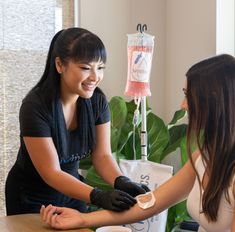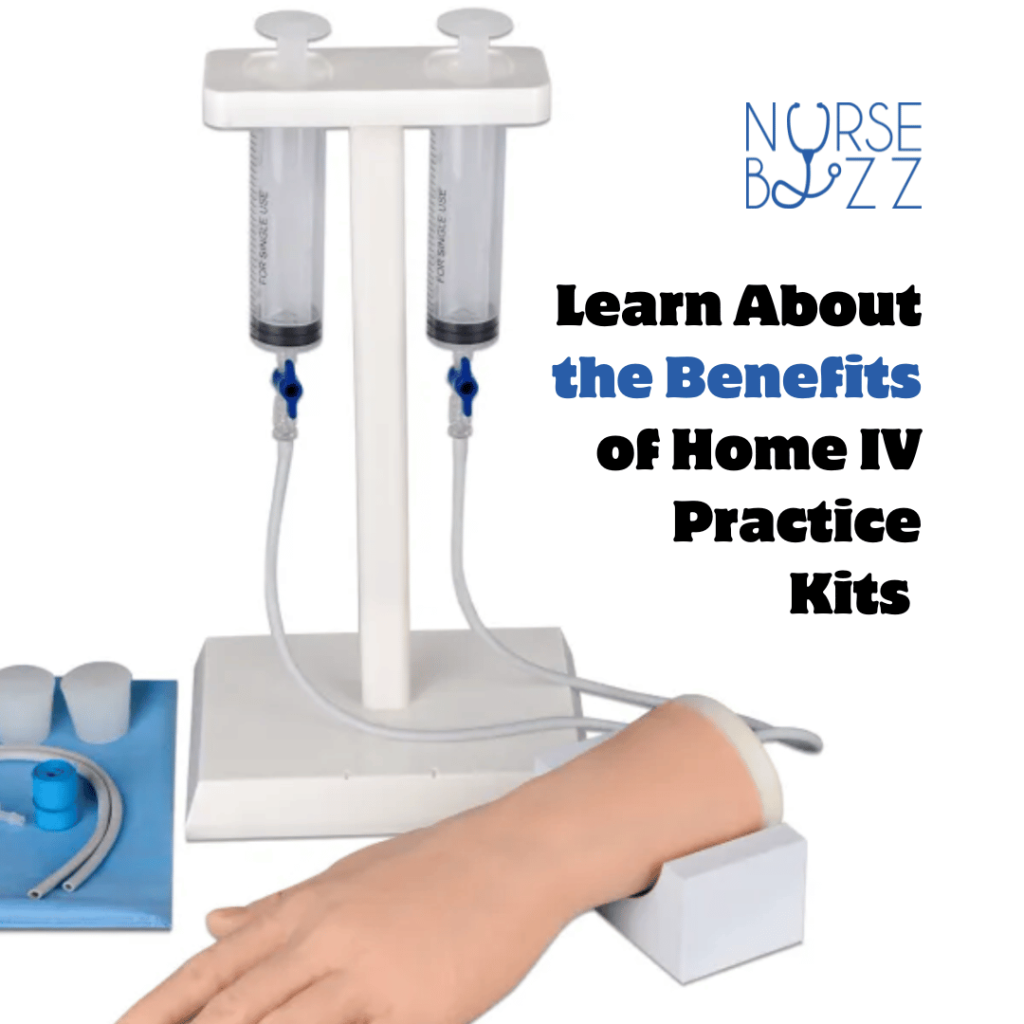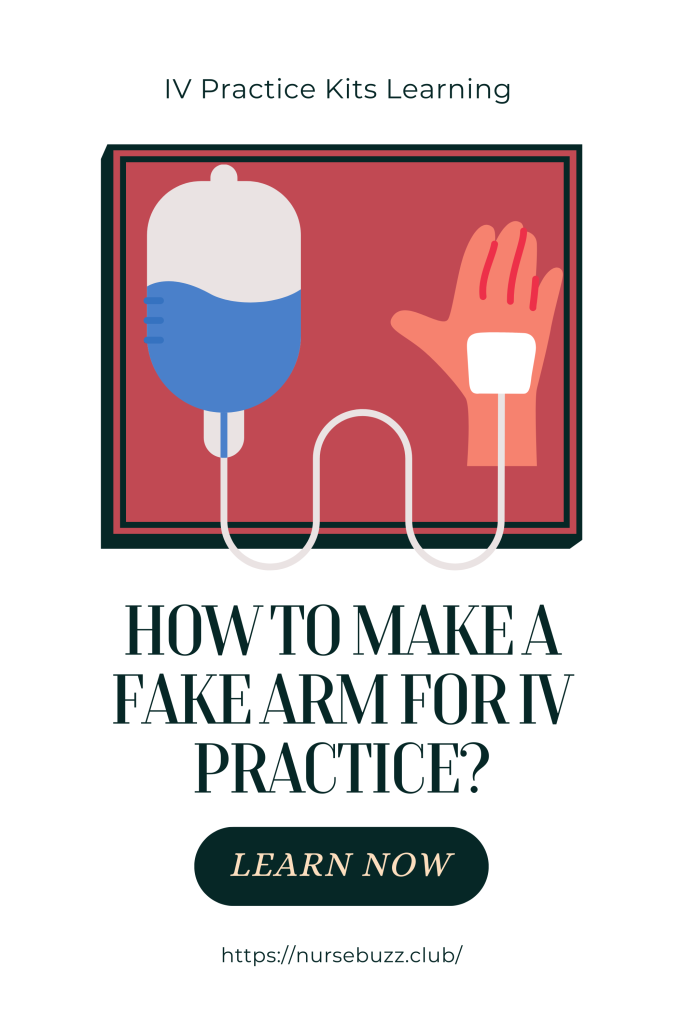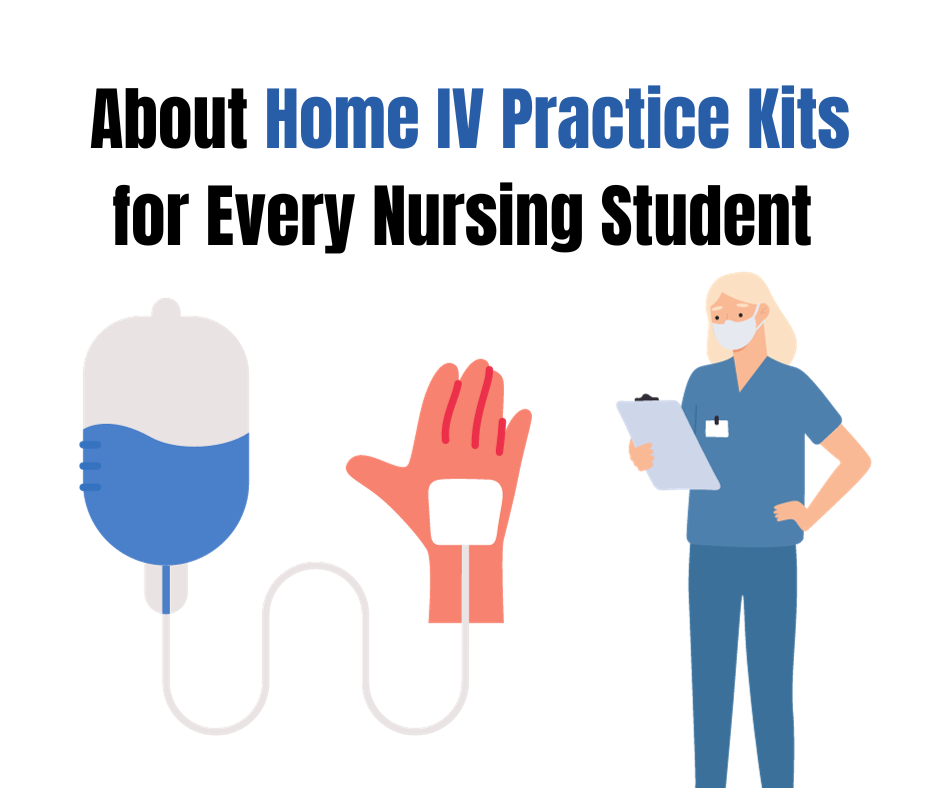As aspiring nurses, the ability to perform IV procedures with confidence is paramount to our education and future practice. Home IV Practice Kits offer an invaluable opportunity to hone these critical skills at our convenience. In this article, we will explore the benefits of these kits, provide guidance on selecting the most suitable one, introduce a top-rated IV practice arm for nursing students, and offer practical insights into their effective use.
Introduction To IV Practice Kits
In an unfortunate medical malpractice case in Indiana, a jury recently awarded a patient $11 million in damages. This decision came after the patient underwent a devastating leg amputation due to a nurse’s negligence stemming from complications arising from IV infiltration. The patient initially sought medical attention for symptoms of nausea and vomiting, leading to hospital admission. During his hospitalization, a nurse inserted an IV into his foot.
Tragically, shortly after the IV placement, the patient reported severe pain at the IV site to the medical staff. Unfortunately, the pain was not thoroughly investigated, and he was discharged a few days later, relying on crutches. In a distressing turn of events, the patient sought treatment at another hospital within days, where physicians determined that his foot had deteriorated to the point of irreversible damage, necessitating the unfortunate amputation procedure. This case underscores the critical importance of proper IV procedure training, which we aim to address in this article.

Benefits of Home IV Practice Kits
Home IV practice kits offer numerous benefits for the skill development of nursing students. In this section, we will delve into the invaluable advantages these kits provide for aspiring nurses.
1. Convenient Practice:
The best venipuncture practice kit, like the home IV practice arm, offers nursing students the convenience of practicing IV procedures at any time and in any location, eliminating the need for constant access to clinical settings. This 24/7 accessibility allows students to tailor their practice sessions to their schedules, accommodating early mornings or late nights as needed. Practicing in a comfortable and familiar environment, such as their own home, reduces distractions and enhances focus, ensuring effective skill development.
2. Cost-Efficiency:
Investing in a best IV practice kit translates to long-term cost savings for nursing students. Curious about how to practice IV skills at home? By practicing at home, students significantly reduce the consumption of costly medical supplies typically associated with traditional clinical training. Expenses related to gloves, IV catheters, dressings, and other consumables add up quickly in clinical settings. However, with these kits, students can practice repeatedly with minimal consumable use, ultimately saving money throughout their education.
3. Confidence Building:
IV practice pad for nursing students facilitates confidence building in nursing students through gradual skill progression and realistic scenario simulation. Students can start with fundamental techniques and progressively advance to more complex procedures, building confidence in their abilities at their own pace. This step-by-step approach ensures that students are thoroughly prepared for real-world scenarios. Moreover, these kits enable students to simulate a wide range of scenarios, from routine IV insertions to challenging situations.

Choosing the Right Home IV Practice Kit
Selecting the best IV practice kit for nursing students is a pivotal choice for nursing students, greatly influencing the effectiveness of their learning journey. Here are the key factors to keep in mind:
Realism: Look for an IV practice pad that closely mirrors human anatomy and vein structures, including skin texture, subcutaneous tissue, and veins. Realism ensures that students experience a training environment that replicates real clinical settings, aiding in the development of tactile and visual skills crucial for precise venipuncture.
Durability: Prioritize a sturdy and long-lasting kit that can withstand frequent use without losing its realism. Durability not only extends the kit’s lifespan but also ensures that students can engage in extensive practice over an extended period, making it a valuable investment for their nursing education.
Variety: Seek the best venipuncture practice kit with a range of vein sizes and difficulty levels, allowing students to progress gradually from basic to complex procedures. This variety enables systematic skill-building, enhancing students’ confidence and competence. With diverse practice options in a single kit, students can prepare for the multifaceted challenges they may encounter in their nursing careers, eliminating the need for multiple kits as they advance in their training.

Best IV Practice Kit
When it comes to selecting the best IV Practice Kit for nursing students, the choice between these two excellent kits ultimately depends on individual preferences and specific educational needs.
1. Ultrassist IV Practice Kit with Injection Training Hand
This kit, available at ultrassist.net, offers an exceptional array of features and benefits that make it the preferred choice for nursing students:
Realism: The Ultrassist IV Practice Kit is renowned for its remarkable realism. It closely replicates human anatomy, providing students with a lifelike experience. The adult-sized hand model included in this kit mimics the feel of human skin, subcutaneous tissue, and veins, offering an authentic tactile sensation crucial for skill development.
Durability: Built to withstand rigorous use, this practice kit is highly durable. It ensures that students can practice extensively without worrying about wear and tear. The lasting durability of this kit makes it an excellent long-term investment in nursing education.
Variety: The Ultrassist IV Practice Kit offers a range of vein sizes and depths, catering to both beginners and advanced learners. This variety allows students to progress gradually, starting with basic venipuncture and moving on to more challenging scenarios as their skills improve. With this IV practice pad, students can prepare themselves for the diverse challenges they may encounter in real clinical settings.
Value-Added Features: This comprehensive kit includes additional features such as replaceable skin and veins, allowing for continued practice without the need to purchase an entirely new kit. It also comes with a carrying case for easy transport and storage, making it convenient for on-the-go practice.
2. The Apprentice Doctor IV & Phlebotomy Practice Kit
Available on Amazon, this practice kit is designed with a focus on realism and comprehensive training. Here’s why it deserves your attention:
Realism: The Professional Phlebotomy and Venipuncture Practice Kit excels in replicating human anatomy, providing nursing students with an immersive learning experience. The lifelike hand model closely resembles human skin, subcutaneous tissue, and veins, allowing students to develop a profound understanding of the tactile sensations and visual cues crucial for venipuncture.
Variety: Similar to ‘The Ultrassist IV Practice Kit,’ this alternative offers a range of vein sizes and depths, accommodating students at different skill levels. This variety enables students to progress systematically, starting with basic procedures and advancing to more complex scenarios as their proficiency grows.
Value-Added Features: The kit includes replaceable skin and veins, extending its usability and value. Students can practice extensively without the need for a new kit, making it a cost-effective choice. Additionally, it comes with a carrying case for easy storage and portability, facilitating practice sessions at various locations.
Professional-Grade: Designed for both nursing students and professionals, this kit meets the high standards required for phlebotomy and venipuncture training. It provides an excellent platform for those aspiring to excel in these critical medical procedures.
Read about: 20 Nurturing Daily Prayers for Nursing Students
How to Effectively Use Home IV Practice Kits (Practice Guide)
Wondering “How can I practice venipuncture at home?” To make the most of your home IV practice kit for nursing students and effectively enhance your IV skills, follow these practical steps:
1. Read the Manual: Start by thoroughly going through the instruction manual that accompanies your kit. Take the time to familiarize yourself with all the components, including the hand model, veins, and any additional features. Pay close attention to the recommended techniques and procedures outlined in the manual. Understanding how to set up and use the kit correctly is essential for a productive practice session.
2. Start Slowly: If you’re relatively new to IV procedures or using the best venipuncture practice kit, it’s wise to begin with the basics. Practice fundamental techniques such as locating veins, preparing the area, and handling the necessary equipment. As you gain confidence and proficiency, gradually advance to more complex procedures like venipuncture. Starting slowly allows you to build a solid foundation and ensures that you’re comfortable with each step of the process before venturing into more advanced tasks.
3. Record Progress: Establish a practice log to document your practice sessions. Include details like the date of each session, the specific techniques or procedures you practiced, and any observations or challenges you encountered. Maintaining a record of your progress over time is invaluable for assessing improvement. It helps you pinpoint areas where you excel and areas that may require additional practice.

Making a Fake Arm for IV Practice
How to make a fake arm for IV practice? Crafting a convincing and resourceful simulation can be a cost-effective way to enhance your medical training. Here’s a more detailed guide on how to create a convincing and useful simulation:
Materials Needed:
- Silicone or Rubber Glove: To create the base for your fake arm, you’ll need a silicone or rubber glove. This glove will mimic the texture and flexibility of human skin.
- Tubing: Obtain clear tubing of varying diameters to replicate veins. You can typically find this at a hardware store or online. Ensure it’s flexible enough for your needs.
- Container or PVC Pipe: You’ll require a sturdy container or a piece of PVC pipe to serve as the inner structure of the arm. This provides stability and shape to the simulation.
Step-by-Step Guide:
- Prepare the Glove: First, fill the silicone or rubber glove with a soft, pliable material such as cotton or foam to create the arm’s bulk. Make sure to fill it to the desired size and shape to resemble a human arm.
- Attach Tubing for Veins: Carefully insert clear tubing into the glove to simulate veins. Use different diameters to mimic various vein sizes. Position these tubes realistically, running along the inner surface of the glove, and secure them in place.
- Connect Tubing to Container: Extend the tubing from the glove to a sturdy container or PVC pipe. This container represents the arm’s bone structure and provides support. Ensure that the tubing is securely attached.
- Create a Fluid Reservoir: If desired, you can attach a small container or bag filled with colored fluid (such as water with red food coloring) to the end of the tubing. This simulates blood flow and provides a more realistic training experience.
- Secure and Shape: Once you’ve assembled the components, secure the glove and tubing to the container, ensuring they are firmly in place. Mold the glove to resemble the shape of a natural arm, including the wrist, forearm, and elbow.
- Online Tutorials: For detailed guidance, consider referring to online tutorials specifically designed for crafting fake arms for medical practice. These tutorials often include step-by-step videos or written instructions with images, making the process more accessible.
- Practice Safely: Keep in mind that while using a homemade IV practice arm, safety is paramount. Always use clean and sterile equipment, and ensure that any fluids used are safe for the intended purpose. Practice in a clean and controlled environment to minimize contamination risks.

Where Can I Practice IV Skills?
In addition to practicing at home, nursing students have valuable options to enhance their IV skills:
- Clinical Simulations: Nursing programs offer well-equipped simulation labs where students practice IV procedures on lifelike manikins. These sessions mimic real clinical settings under faculty supervision, fostering confidence and proficiency.
- Volunteer Work: Consider volunteering your IV skills at healthcare events, community health fairs, or blood drives. This real-world experience exposes you to various venous conditions and patient interactions, contributing to both your skills and community well-being.
- Peer Practice: Organize peer practice sessions with fellow students in a supportive learning environment. This collaborative approach allows everyone to take turns as practitioners and patients, promoting safe and effective IV procedure practice.
- Clinical Rotations: As you progress in your nursing program, clinical rotations in healthcare facilities offer hands-on experience under professional supervision, further refining your IV skills in real patient care settings.
Conclusion
Mastering IV procedures is a vital skill for any nursing student. Home IV Practice Kit for nursing students provides an invaluable resource to help you achieve this. Remember, choosing the right kit and regular practice are key to your success. With dedication and these essential tools, you’ll soon become a confident and skilled nurse ready to excel in your clinical career.




